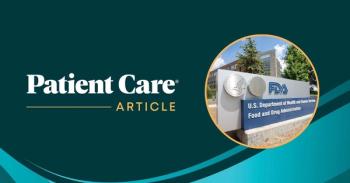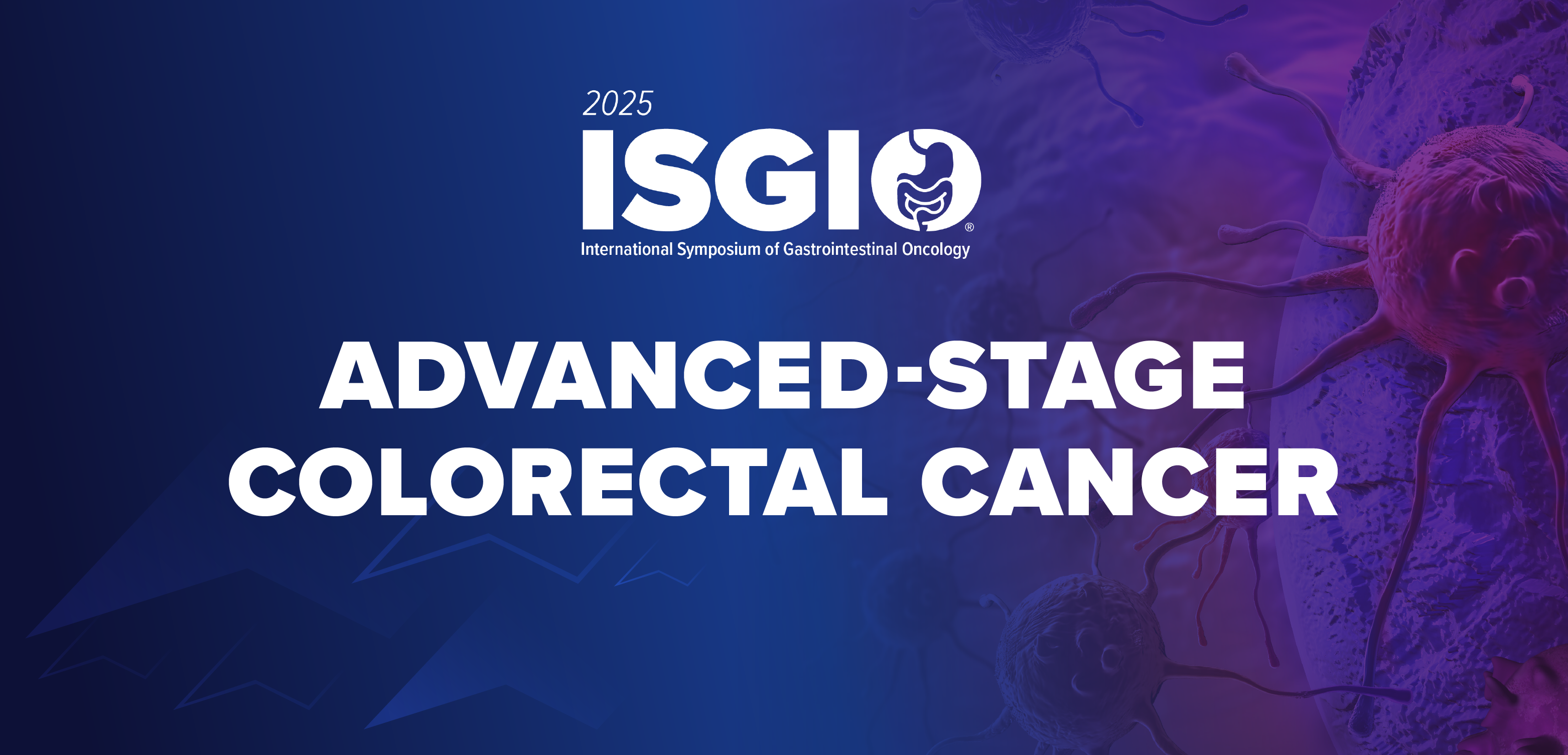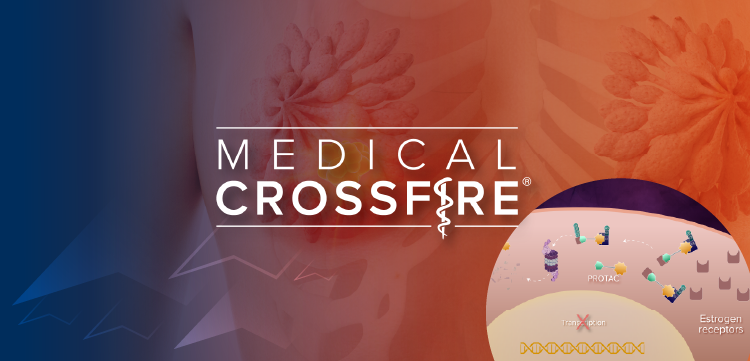
A Summer Sunscreen Saga: Is it Friend or Foe?
Sunscreen as a potential health threat is hitting headlines just as summer arrives. Test your knowledge of product safety with this 5-question quiz.
Sunscreen a potential health threat?
Sunscreen has been a summer staple for decades but recommended for widespread routine use only since demontrating protection against skin cancer. While it was originally believed that sunscreen was not absorbed, there is now evidence that many sunscreen ingredients can be detected in blood and urine.
What’s more, the FDA in 2019 released its
Don’t counsel patients to leave the sunscreen behind this summer but do test your knowledge of the ingredients and their safety with our 5-question quiz.
Newsletter
Enhance your clinical practice with the Patient Care newsletter, offering the latest evidence-based guidelines, diagnostic insights, and treatment strategies for primary care physicians.































































































































































































































































































































